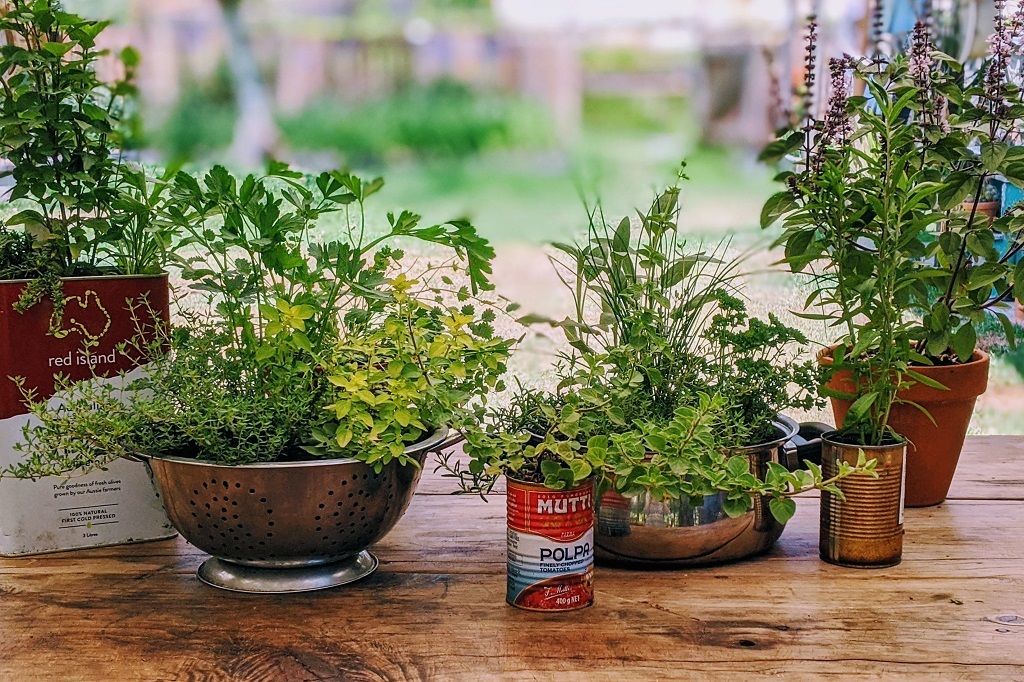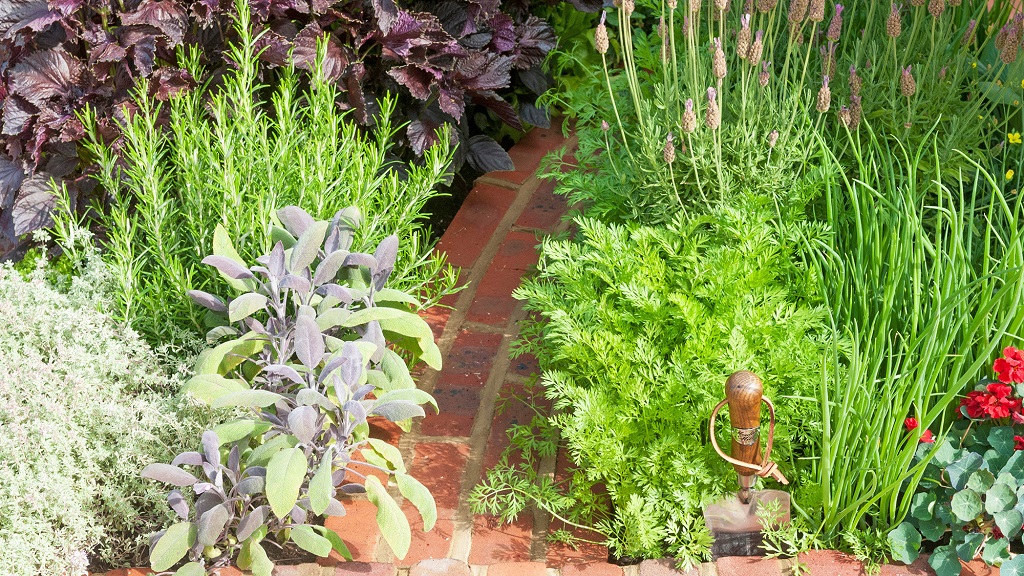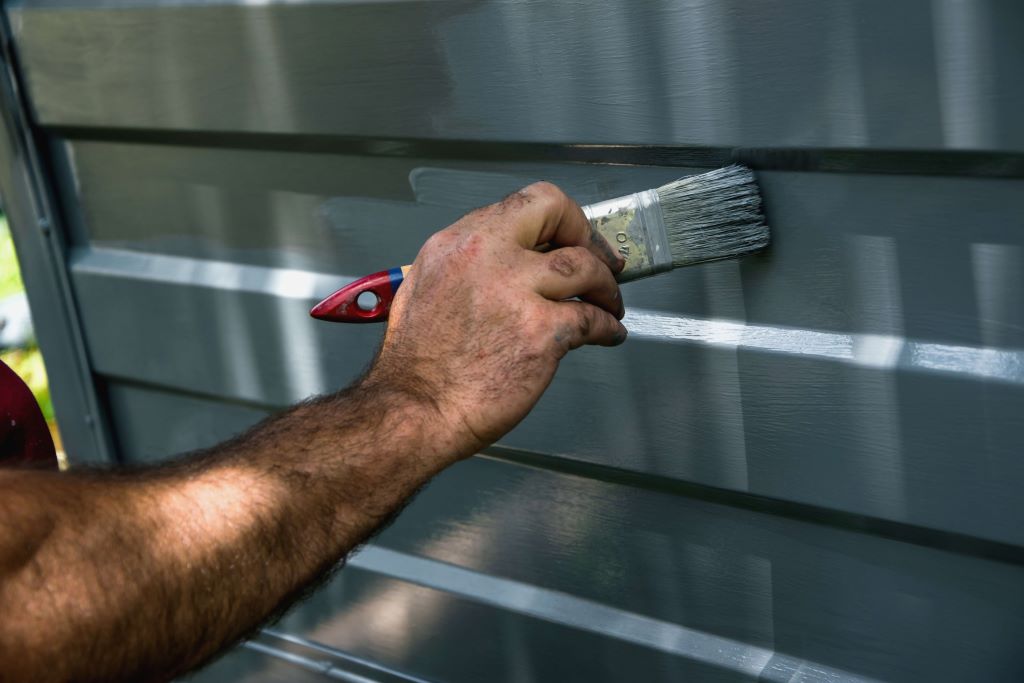To care for an herb garden, provide adequate sunlight, water, and proper pruning as needed. Maintaining well-drained soil and using organic fertilizers regularly also ensures healthy growth.
An herb garden can provide a bounty of fresh and flavorful plants right at your fingertips. Whether you are a seasoned gardener or just getting started, caring for your herb garden is essential for a successful harvest. From selecting the right location and soil to managing pests and diseases, proper care and maintenance can help you grow an abundant herb garden.
We will explore some essential tips and techniques for nurturing your herbs, enabling you to enjoy a thriving and productive garden all season long. So, let’s dive in and discover how to care for your herb garden effectively.
Choosing The Right Location
When caring for your herb garden, it’s crucial to choose the right location, ensuring that it receives adequate sunlight exposure. Herbs typically require at least 6-8 hours of direct sunlight daily, so consider the sunlight exposure in your chosen area. Moreover, evaluate the quality of the soil before planting your herbs. Check for nutrient-rich soil that drains well to provide the ideal growing conditions for your herbs. Properly preparing the location for your herb garden will greatly contribute to the success of your plants.
Plant Selection And Preparation
Choose the Right Herbs for your herb garden by considering your cooking preferences and the amount of sunlight the area receives.
Prepare the Soil by removing any weeds and adding compost to ensure the herbs have nutrient-rich soil to grow in.
Watering And Drainage
A well-maintained watering routine is essential to keep your herb garden healthy. Establish a watering routine by watering your garden at the same time every day or as needed. Be sure to water the soil directly and avoid wetting the leaves to prevent foliar diseases.
Proper drainage is equally important to prevent waterlogged soil and root rot. Ensure proper drainage by adding drainage holes to your containers, using well-draining soil, and placing gravel at the bottom of pots. This helps excess water to drain away effectively.
Remember, under-watering or over-watering can harm your plants. It’s important to monitor the moisture levels in the soil and adjust your watering routine accordingly. A simple moisture meter can help you determine the right time to water.
By following these watering and drainage practices, you can provide optimum care for your herb garden and ensure the healthy growth of your plants.
Pruning And Harvesting
For promoting bushier growth in your herb garden, pruning is essential. Regularly trimming the top one-third of the herb plant helps it branch out and become bushier. Snip off the top of the stems just above a leaf intersection to encourage new growth. By removing the top portion of the plant, you stimulate lateral branch development and prevent the herb from becoming leggy.
Properly harvesting your herbs is crucial for their health and flavor. Harvest your herbs when they are at their peak, preferably in the morning after the dew has evaporated. Gently pinch off the leaves or stems using your fingers or clean garden shears. Avoid removing more than one-third of the plant at a time, as this may weaken it. Regular harvesting will improve plant vigor and ensure a continuous supply of fresh herbs.
Promote Bushier Growth
- Regularly trim the top one-third to encourage branching
- Snip just above a leaf intersection for new growth
- Stimulate lateral branch development for a bushier plant
Harvest Herbs Correctly
- Harvest at their peak, preferably in the morning
- Pinch off leaves or stems gently with fingers or shears
- Avoid removing more than one-third at a time
- Regular harvesting improves plant vigor and ensures a continuous supply
Pest And Disease Management
One of the key aspects of caring for your herb garden is effectively managing pests and diseases. Identifying common pests is crucial to prevent damage to your plants. Some common garden pests include aphids, snails, and caterpillars. Regularly inspect your plants for any signs of infestation such as chewed leaves or discolored spots. To manage these pests, you can employ organic methods like hand-picking or using natural insecticides. Another important aspect is disease management. Diseases like powdery mildew and fungal infections can affect your herb garden. To minimize disease risks, provide proper air circulation and avoid overwatering. Remove any infected plants and avoid planting new herbs near those affected. Regularly sanitize your garden tools to prevent the spread of diseases. Enhancing your home’s worth with upgrades extends to your outdoor space. By effectively managing pests and diseases, you not only safeguard the health and vitality of your herb garden but also enhance your property’s overall appeal and value.
Frequently Asked Questions On How To Care For Herb Garden
How Often Should I Water My Herb Garden?
Watering needs for herb gardens vary, but generally, herbs prefer well-drained soil. Water your herb garden when the top inch of soil feels dry to the touch. Avoid overwatering, as this can lead to root rot. Use your finger or a moisture meter to determine when it’s time to water.
What Is The Best Location For An Herb Garden?
Herb gardens thrive in a sunny location that receives at least 6-8 hours of sunlight per day. Choose a spot that’s sheltered from strong winds. If planting in containers, place your herb garden near a south-facing window or on a sunny patio.
Can I Grow Herbs Indoors?
Yes, you can grow herbs indoors. Choose a sunny windowsill or use fluorescent grow lights to provide sufficient light. Use a well-draining potting mix and ensure proper air circulation. Alternatively, consider using a vertical garden or a hydroponic growing system for indoor herb gardening.
Caring for your herb garden requires some time and effort, but the rewards are well worth it. By following the proper watering, pruning, and fertilizing techniques, you can ensure the health and longevity of your herbs. Additionally, incorporating wildlife-loving plants into your garden adds a vibrant touch while fostering biodiversity. Remember, alongside regular pest control and proper sunlight exposure, they’re essential for a flourishing herb garden.
So, roll up your sleeves, get started, and enjoy the bountiful harvest of fresh herbs right at your doorstep!




